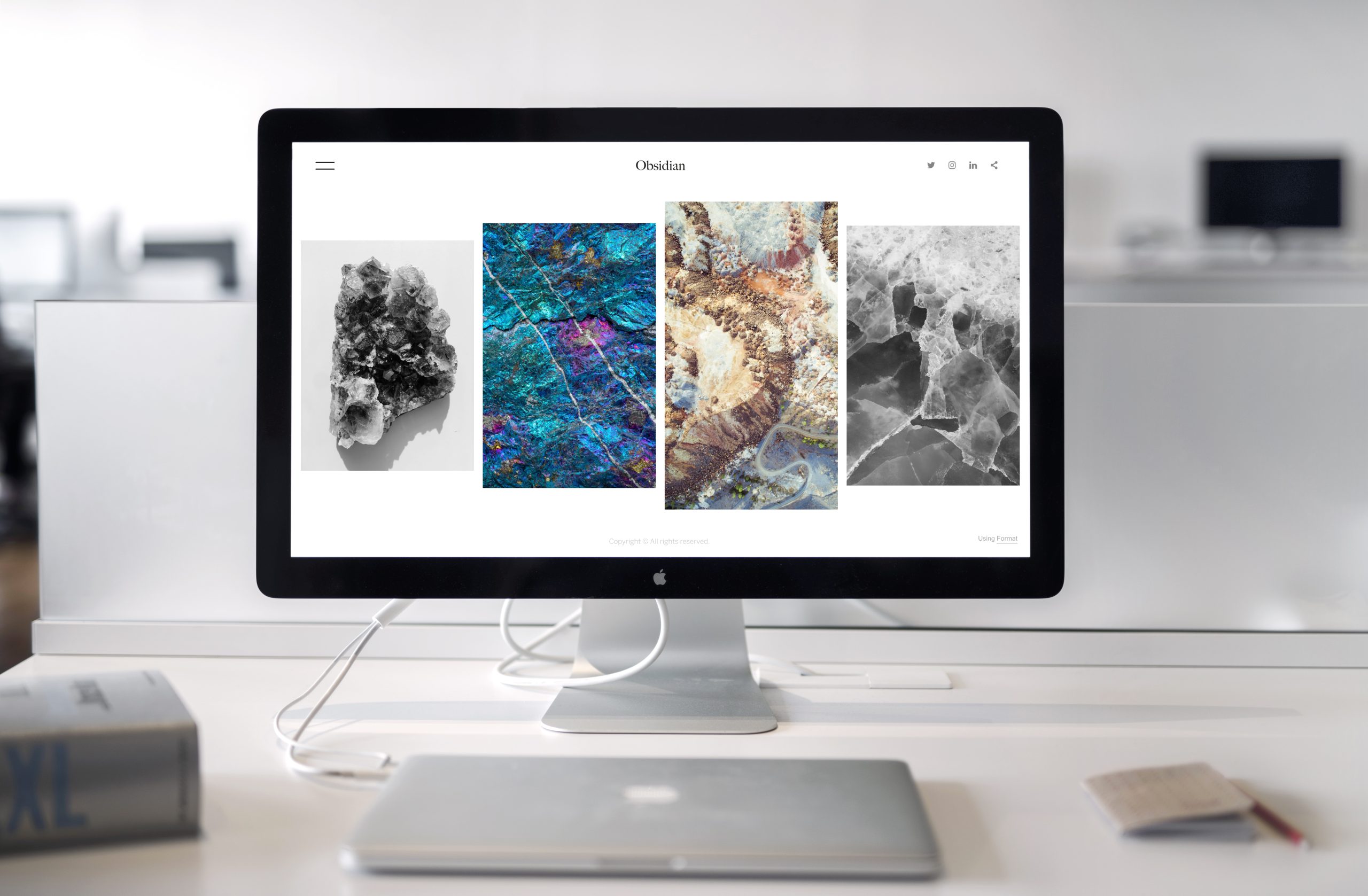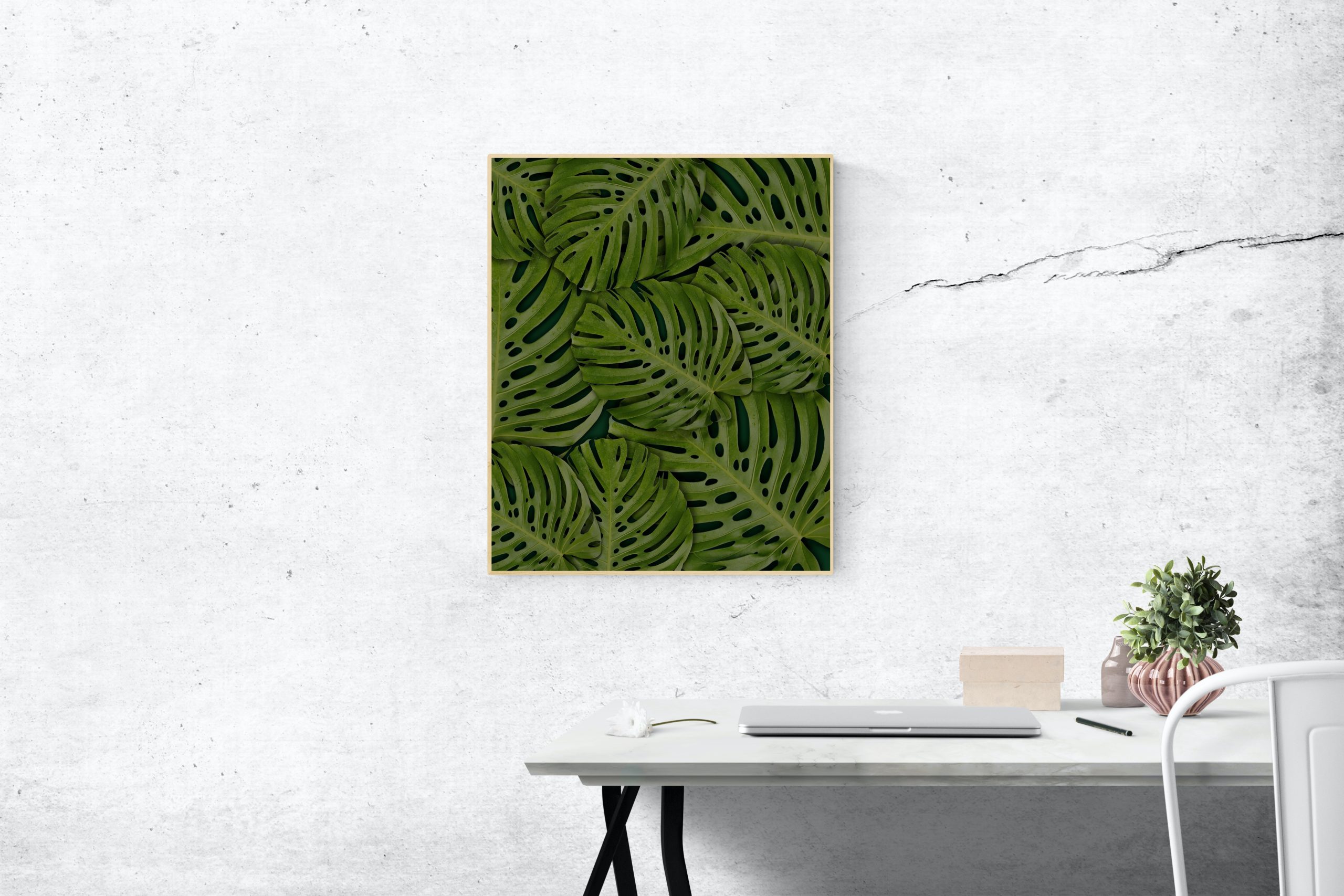Illustration art
Illustration art is a visual representation that serves to clarify or decorate a written text, like a children's book, magazine, or comic strip. Illustrators use various techniques, such as pencils, inks, digital software, or watercolors to bring life and meaning to their designs. The beauty of this art lies in its ability to tell stories and convey emotions and ideas in a creative and imaginative way. Whether it's the whimsical drawings of a fairy tale or the powerful imagery of a political cartoon, this art can captivate and inspire its audience. The combination of technical skill and artistic vision makes illustration a unique and valuable form of expression.
What is art illustration
Illustration art has a long history, dating back to the earliest cave paintings and illuminated manuscripts. Throughout history, illustration has played a crucial role in visual storytelling, providing visual representations of texts, concepts, and ideas. From the woodcuts of the 15th century to the digital illustrations of today, this art has continued to evolve and adapt to new technologies and styles.
In recent years, art illustration has become increasingly popular, in part due to the rise of the digital age. With the advent of computers and software like Adobe Illustrator, more and more people have the tools to create professional-level illustrations. This has opened up the field to a wider range of artists and has allowed for the creation of more diverse and innovative works. The popularity of this art has also been fueled by a growing appreciation for the art form and its ability to communicate complex ideas in a visually engaging way.
One reason why art illustration is so popular is its versatility. Illustration can be used in a variety of contexts, from children's books and graphic novels to advertising, packaging design, and editorial illustrations. This versatility has made illustration a popular choice for businesses and publishers, as well as a lucrative career option for artists.
Another reason why illustration is so popular is its ability to bring a unique perspective and sense of style to any project. Illustrators have the ability to bring their own personal vision and creativity to their work, which makes each illustration unique and visually captivating. Whether it's the whimsical drawings of a fairy tale or the powerful imagery of a political cartoon, illustration art has the power to captivate and inspire its audience. The combination of technical skill and artistic vision makes illustration a truly beautiful and valuable form of expression.
Art illustration refers to the creation of pictures or designs using various forms of art media, such as pencils, paint, or digital software. The goal of art illustration is to visually communicate an idea, message, or story through imagery. It can be used in a variety of contexts, including books, magazines, advertisements, and video games. Essay writing help may be sought by those who want to analyze and interpret different forms of art illustration or understand the impact they have on society. Art illustration requires both technical skills and creative vision, and it can take years of practice to perfect the craft. Whether it's creating detailed landscapes or expressive characters, art illustration has the power to captivate and inspire audiences of all ages.
Vector illustration art
Vector illustration art is a type of digital illustration that is created using mathematical algorithms and geometric shapes. Unlike raster illustrations, which are made up of pixels, vector illustrations can be resized without losing their quality or clarity. This makes vector illustrations an ideal choice for a variety of projects, including logos, icons, illustrations for print, and more.
One of the key benefits of vector illustration is that it offers a high
level of control and precision. Illustrators can create clean lines,
curves, and shapes that can be easily manipulated and adjusted. This
level of control is particularly useful for projects that require a
consistent look and feel, such as branding materials or corporate logos.
Vector art illustration offers a variety of tools and techniques that artists can utilize in their work. Whether it's creating simple shapes and lines or using complex gradient fills and blends, artists have the ability to design vector illustrations that range from basic to highly intricate, all depending on the project requirements. To fully understand the possibilities and capabilities of vector art illustration, it's important for artists to do my homework and familiarize themselves with the available tools and techniques.
The
ability to control and fine-tune the illustration also makes it easier
for artists to achieve the desired look and feel for their projects.
Whether creating bold, stylized illustrations or highly detailed
technical drawings, vector illustration provides artists with the
flexibility and control they need to create professional-quality work.

Line art illustration

Line art illustration is a type of illustration that focuses on the use
of lines to create a composition. It is characterized by the use of
black and white, or limited color palettes, and often has a simplified,
stylized look. Line art illustrations can be created using traditional
media such as pencils, inks, and markers, or digital tools like vector
graphic software.
One of the key benefits of line art illustration is its versatility in creating simple sketches and drawings to more complex illustrations for print or digital media. If you need assistance like PaperWriter site with any of these projects, you can always write my papers. Its simplicity also makes it ideal for projects where a bold, graphic look is desired, such as logos, branding materials, and icon design.
Line art is also valued for
its ability to communicate ideas and emotions effectively. The use of
lines and shading can convey mood, texture, and movement in a way that
is both simple and powerful. Line art illustrations can be abstract or
representational, depending on the project and the artist's vision.
Whether it's used to tell a story, sell a product, or simply to create a
visually appealing design, line art illustration is a versatile and
valuable form of visual expression.
Art nouveau illustration
Art Nouveau illustration is a style of illustration that emerged in the late 19th century and was characterized by its distinctive curving lines, organic forms, and stylized motifs. This movement found inspiration in the natural world, standing as a reaction against the industrialization and mass production of the time. In a parallel manner, much like how one might look for the best essay writing service review to ensure quality, the advocates of Art Nouveau emphasized uniqueness and individual artistry. The style was applied to a wide range of artistic disciplines, including architecture, interior design, and illustration, creating a comprehensive artistic language that was recognized globally.
Art Nouveau illustration is known for its flowing
lines, elegant curves, and stylized floral and organic motifs. The style
was often used to create posters and advertising materials, as well as
book and magazine illustrations. Art Nouveau illustrators sought to
create images that were both beautiful and functional, with a strong
emphasis on design and decorative elements.
The Art Nouveau style
had a significant influence on the development of illustration and
design, and its influence can still be seen today in contemporary
graphic design, packaging, and advertising. Its impact was especially
pronounced in Europe, where it helped to establish the decorative arts
as an important artistic discipline. Despite its relatively brief
popularity, Art Nouveau illustration remains an important and revered
style, valued for its beauty, originality, and elegance.

How to become an illustrator
Becoming an illustrator requires a combination of natural artistic talent, technical skills, and hard work. If you're interested in pursuing a career in illustration, here are some steps you can take to get started.
The first step to becoming an illustrator is to develop your artistic skills. This can be done through a combination of formal training and self-study. Consider taking art classes, workshops, or online courses to develop your skills in drawing, painting, and digital illustration. You may also want to practice regularly and experiment with different styles and techniques.
Once you have honed your skills, it's important to build a portfolio that showcases your abilities. This can include a variety of works, from sketches and drawings to finished illustrations and digital pieces. Consider reaching out to local artists, design firms, or publishers to see if they would be interested in seeing your work. You can also share your portfolio online through social media or your personal website.
In addition to building your skills and portfolio, networking is an important part of becoming an illustrator. Attend events and join professional organizations related to illustration and the arts. This can help you connect with other artists and professionals in the industry and learn about job opportunities. With persistence and dedication, you can turn your passion for illustration into a fulfilling and successful career.